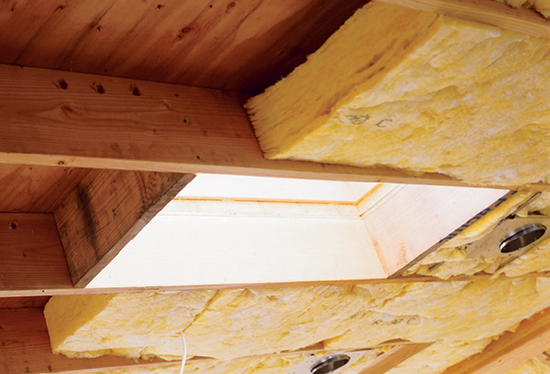
This guy just got a new house and is building a new workshop. What can he do to soundproof it so the tools don’t bother his neighbors?
Ellis Walentine: To stop sound from going through walls, you need some sort of heavy, dense material (such as drywall or flakeboard) to reflect the sound back into the room instead of transmitting it through the walls. It’s important to space the wallboard off the studs with furring strips or vibration-resistant metal channels sold for this purpose. Sheets of fiberglass mat placed between the studs and the channels will create a sound absorbing dead-air space to help dampen any noise that gets through.
Rob Johnstone: The first thing is to insulate. I believe fiberglass is the most effective in this regard. There are other products on the market to aid in sound deadening as well, such as strips mounted loosely to your wall studs to which you mount your sheetrock. What you are trying to do is to prevent vibrations (which creates sound) caused by your woodworking tools from escaping from your shop. So, to some extent, it depends on how hard you want to work on making your shop quieter. Maybe you should just make a cool woodworking project for your neighbors, and then the noise will remind them of their good fortune to have you as a neighbor.
Michael Dresdner: Oddly enough, the cheapest and best sound insulator is good old fiberglass insulating. A close friend, who is a sound abatement engineer for Boeing, steered me that way when I ran into that problem. Try to avoid any solid members (like the 2″ x 4″ frame) from going straight through. In other words, isolate all hard, sound carrying members with soft fiberglass to most effectively block sound transference. A solid skin, such as plywood or OSB, will reflect some sound inward, but leaving the fiberglass exposed will also abate some sound inside the shop . It is, however, harder to keep clean.





